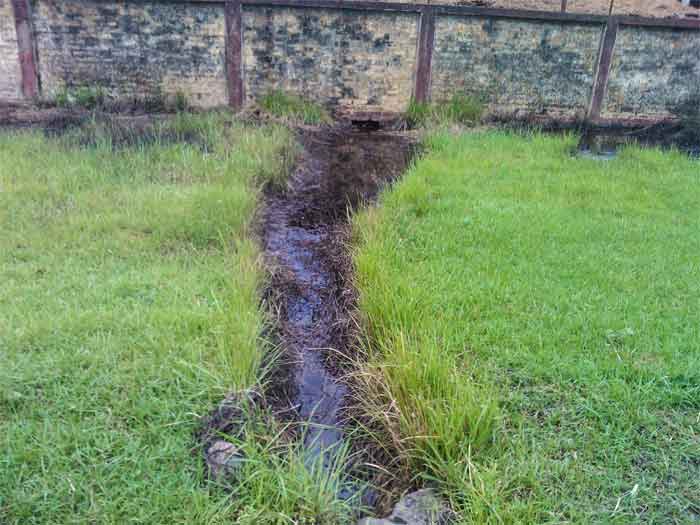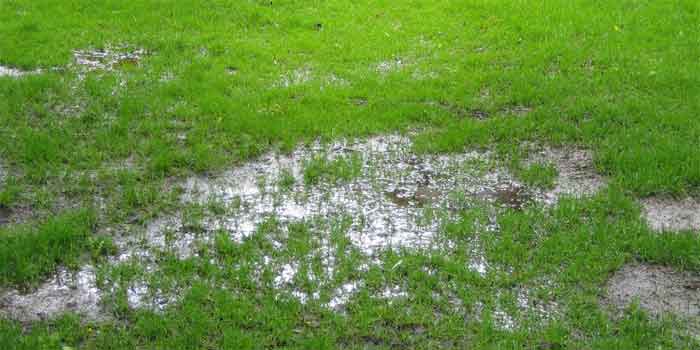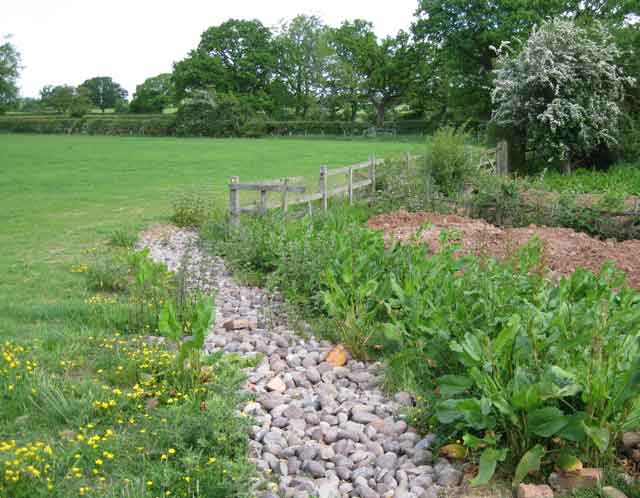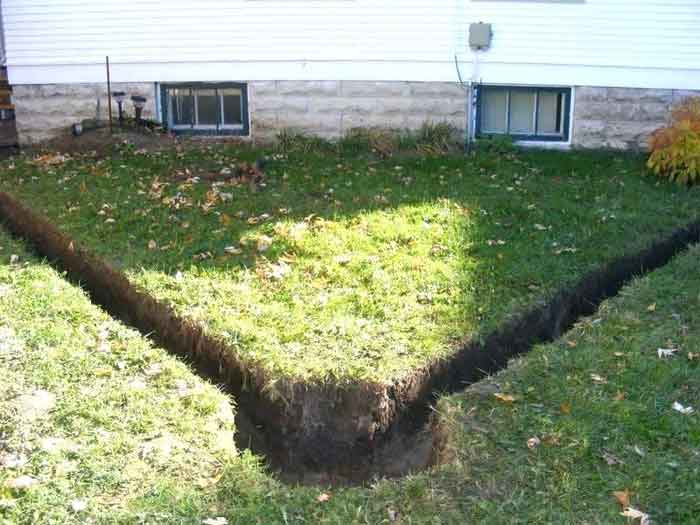Disclaimer: This post may contain affiliate links, meaning we get a small commission if you make a purchase through our links, at no cost to you. For more information, please visit our Disclaimer Page.
A water drainage problem in your yard is a kind of problem most people tend to ignore until it gets out of hand. It doesn’t take a professional to notice this problem, some of the first things you should look out for are bare roots, yard rivets, and a line of water on the side of your house.
Yard drainage is often a result of a big number of rain events in the season and a poorly developed system to route the water away from your home. Not only is yard drainage unattractive for the eye, but it can also cause a variety of problems to your property.
Bacteria and dirty stagnant water are some of the biggest health issues that come with this problem.
There are specific solutions depending on the type of drainage problems you are having, so before we present to you the solutions, its best to get a little bit informed about these types of problems.

Most Common Yard Drainage Problems
It is silly how many people overlook the fact that yard drains affect your household just as much as inside drains do. To fix the problem we should first be able to tell apart these different types of drainage problems and then find a specific solution to your own.
Here they are:
Yard Slope
Most drainage problems are usually the cause of an inadequate slope or pitch in your yard that prevents the surplus water from being routed away from the house. This usually leads to flooded areas in your lawn.
A French drain or catch basins are the most common solutions to this type of problem but you can also consider creating a low area, known as a swale to direct the water away.
Downspout Issues
There are two reasons downspouts can cause a drainage problem. The first reason is that new homes might not even have an installed downspout so the rainwater just tends to stay in the same spot.
Another thing that can happen is that downspouts can route water towards the house and not away from it. The ideal solution when this happens is to find a way to recirculate the water to parts of the yard where it will do the most good.
Yard Drains are Clogged
There are a bunch of things that can clog your drains. Yard drains are often located near grass so leaves, grass cuttings, sprigs, and trash are usually the things that are causing the problem.
Once in a while, you should take a look at your drains and check if your water flow isn’t being hindered. Luckily, this is very easy to fix.
All you have to do is open the grate and get rid of these items at the base of the drain. Just remember to wear a rubber glove if you are removing them by hand.

Soggy Areas in the Yard
If you have noticed that there are soggy spots in your yard that don’t seem to dry out there is usually a variety of causes. A depression in your landscape where all the water is draining or creeks that have fractured and are now emerging in your lawn are just some of them.
Installing a rain garden in that location usually does the trick for most people. If your soggy area is getting a lot of sun you might even consider filling it with some water-loving plants thereby adding a pleasant tone to the scenery.
Now that you know a bit more about yard draining and the issues that occur, we can move on to the most common solutions that can fix your problem.
How to Fix Water Drainage Problems in Yard
Installing proper yard drainage and having it regularly checked is usually the answer to all of the issues. But sometimes calling a professional is inevitable.
Although it can be expensive, you can trust a professional to find the most viable approach to the problem, and most importantly, you will no longer have to worry about potential health issues.
Let’s take a look at some of the primary solutions:
1. Install a French Drain
A French drain is one of the oldest and most versatile systems when it comes to dealing with drainage problems. It is usually composed of a punctured pipe covered in fabric filter and surrounded by gravel.
The way it works is that it disperses the water over a large area through the punctured pipe. This system doesn’t require an outlet if it’s properly designed. The water will simply soak into the soil while flowing along the pipe.
The downside of a French drain is that the installation can get overly extensive and it can get messy when digging the trenches.

2. Create a Dry Well
A dry well is technically a large hole filled with an aggregate similar to gravel that holds water and gives more time to soak into the soil. After the natural filtering process, water will eventually end up as local groundwater. A huge plus is that they are also environmentally friendly.
You can even maximize the capacity of your dry well by connecting it to a French drain. Overall, a dry well should be big enough to collect the first twenty minutes of a rainstorm.

3. Build a Rain Garden
If there is a low spot in your garden that collects water, one of the things you should definitely consider is building a rain garden. A rain garden means that you will have a place in your yard that is used to store water and it’s filled with water-loving plants.
Although it doesn’t solve the soggy yard problem, a rain garden looks much better than a swampy pit. Plus, they are also beneficial for the environment because they reduce runoff and sediment that goes along with it.
If you are worried that your rain garden will resemble a pond, you can add drainage and use it to hold the surplus water until it drains away. The thing you have to remember is to choose the right plants for the soil conditions.
4. Underground Drainage Pipe
An underground drainage pipe is one of the most efficient ways to get rid of water from a low spot because it drains it away.
To create a drain, you will first need to dig a sloping trench starting from the source and ending it at the outlet. Next, bury a plastic catch basin at the source and attach it to the discharge. For this system to work it is important that the place where you discharge the water is lower than the inlet.
Professionals point out that this drainage system has an advantage over the French pipe since it doesn’t require gravel for the drainage and the pipe is solid, and not punctured.

Conclusion: Yard Drainage Solutions
The bottom line is that you should take your water drainage problems seriously, and it might be best to call a professional for this one.
All properties are different and that’s why it’s important that a professional design a proper drainage solution for your specific problem.
